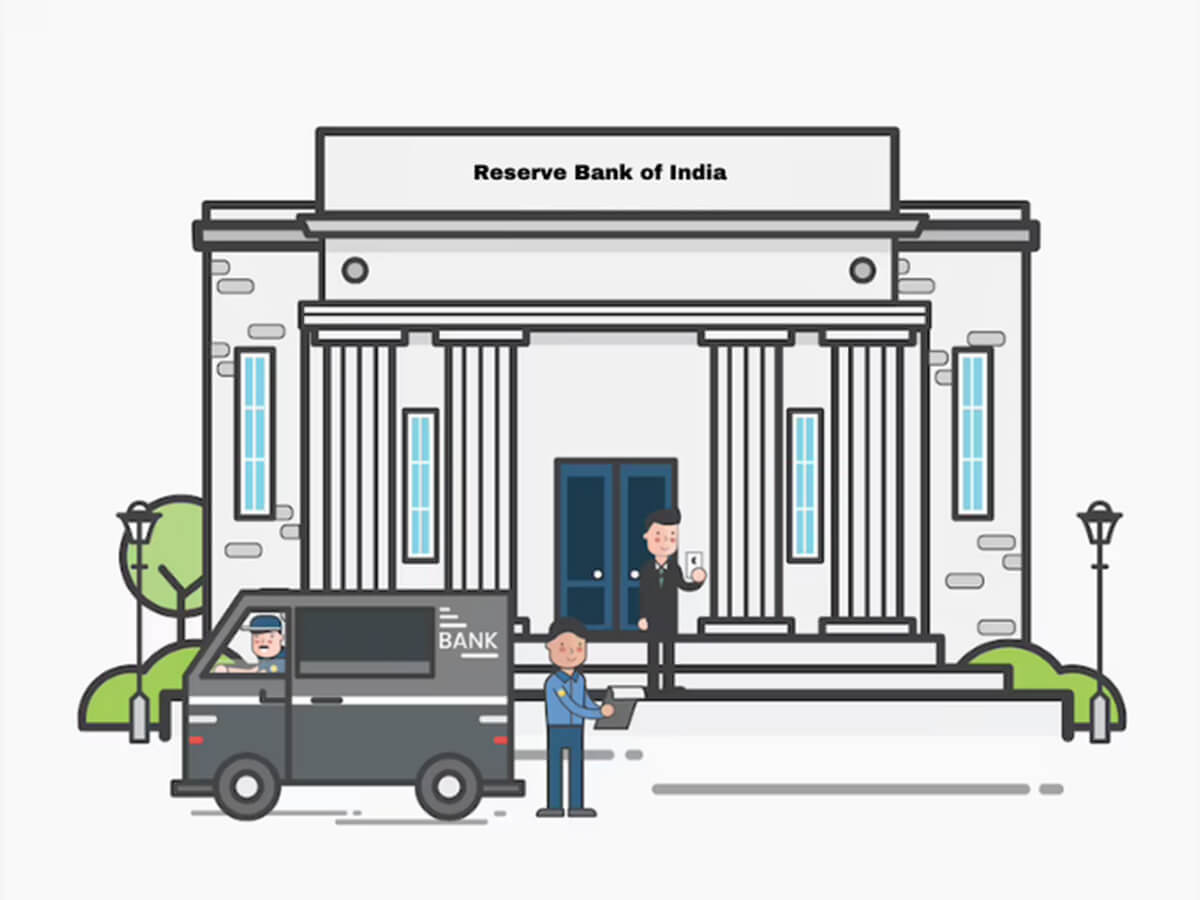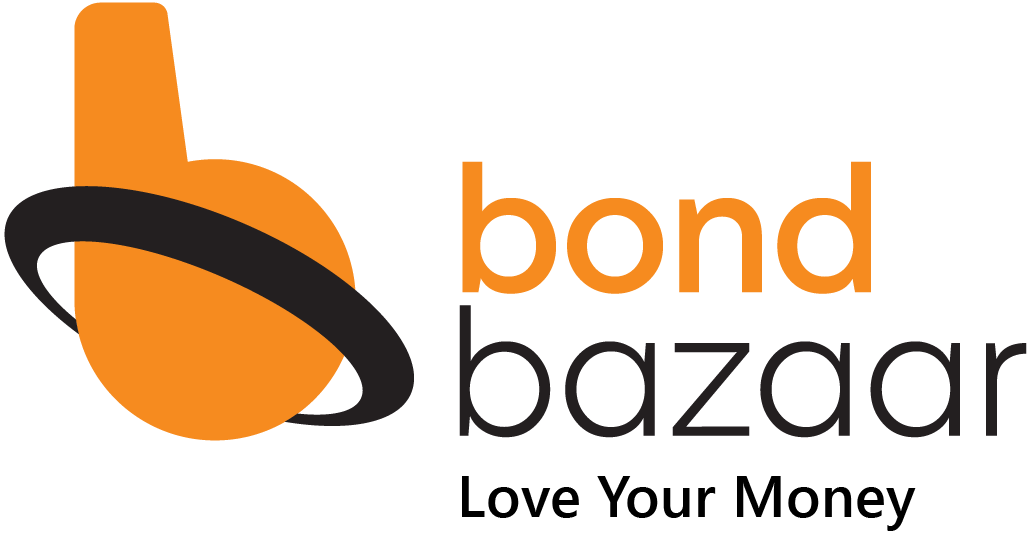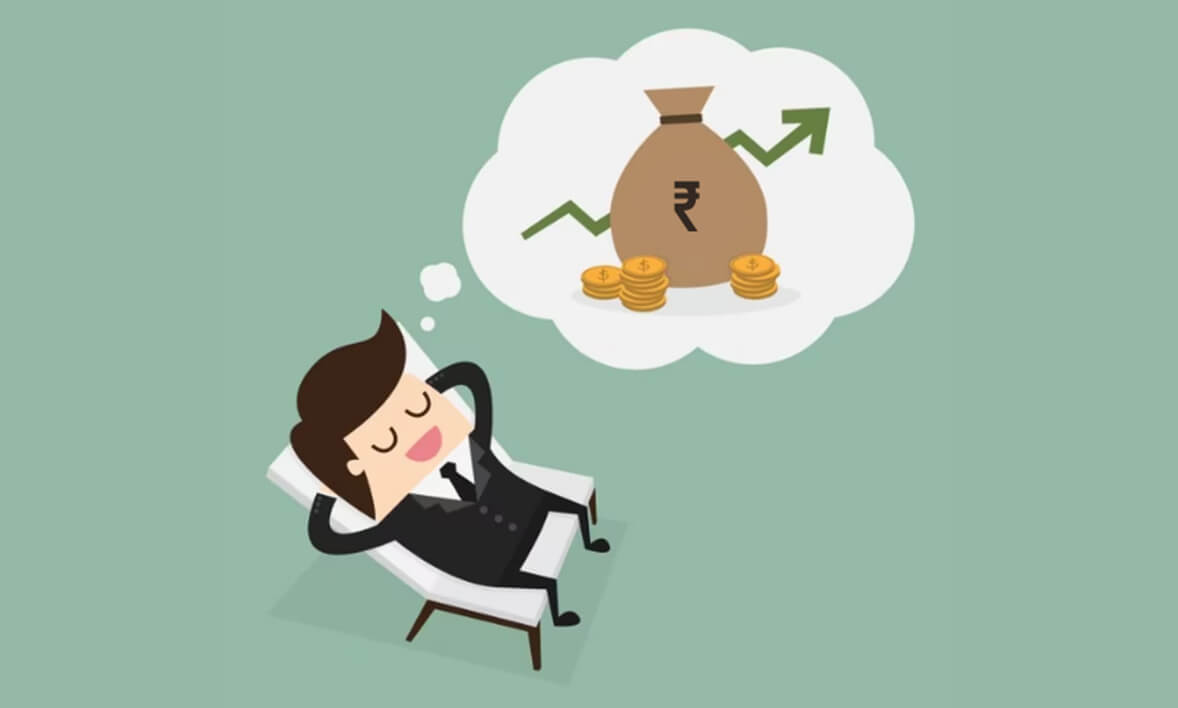"Want a Rate Cut Joy? Show Growth Without Price Rise Pain", Says RBI.
The Reserve Bank of India left the key repo rate unchanged at after a three-day meeting that ended on June 8, indicating a resolve to control inflation. What does it mean? When will RBI start cutting rates? Read on.
When Dreams Clash with Reality
The markets, always hopeful for a piece of good news, knew that a rate cut would not come at this time, but hoped that the RBI would ease its monetary policy stance.
However, their dreams met a reality check from the RBI Governor, Shaktikanta Das.
Holding the repo rate, the key policy rate, steady at 6.5%, the Monetary Policy Committee, under Das's leadership, decided not to tweak the monetary policy stance.
The term "withdrawal of accommodation" in their statement, a roundabout way of saying "tightening", sent clear signals to the market players - rate cuts are off the table for now.
For those scratching their heads, let's talk straight.
A repo rate cut could have made borrowing cheaper, giving businesses a shot in the arm and potentially boosting the economy.
So, why didn't the RBI go for it?
The simple answer lies in an old idiom: "Don't put the cart before the horse."
The RBI is sticking to its guns on the 4% inflation target before considering rate cuts, as spiralling inflation can throw a spanner in the works of long-term economic growth.
Decoding RBI's Stand
The RBI's stand could be understood better with a simple analogy. Imagine walking a tightrope with a balancing pole.
On one end of the pole, we have economic growth and on the other, inflation control. The RBI, like a skilled tightrope walker, is constantly shifting its weight to maintain this tricky balance.
Here are some key takeaways from RBI's statement:
- RBI's Primary Focus: The RBI is committed to achieving and maintaining a 4% inflation target for sustainable economic growth. In other words, the RBI won't cut rates and spur growth at the risk of increasing inflation.
- Misreading of RBI's Stance: The central bank's message to banks to not misinterpret RBI's stance on interest rates was clear as daylight. Any premature moves by banks based on assumptions of rate cuts could be risky.
- The Credit Card Conundrum: Interestingly, RBI's remark about the doubling of credit card spending raised a few eyebrows. Was it a mere data point or a veiled concern about rising unsecured personal loans, potentially a ticking time bomb for the economy? Watch this space for developments.
The Road Ahead
The RBI's stand might not be the music to the ears of market players longing for rate cuts, but it's a song the central bank must sing to ensure long-term economic stability.
Das, the RBI governor, spelt out the central bank’s stance clearly in a statement. “Our goal is to achieve the (inflation) target of 4%, going forward. As Mahatma Gandhi had said, “The ideal must not be lowered.”
So, now you know which direction the wind is blowing.

Tough love from RBI
While a rate cut might seem like a short-term stimulus for growth, the RBI has its eyes set on the bigger picture - stable inflation for sustainable growth.
It's a tough pill to swallow, but all of us will need to respect this stance for the greater good of the economy.
After all, preventing a potential economic storm with stringent measures today can ensure bright days of growth and prosperity tomorrow.
So, want rate cut joy? Show growth without price rise pain, appears to be what RBI is saying, and rightly so!
Frequently Asked Questions
Q What is the repo rate?
A: The repo rate is the interest rate at which the central bank (RBI, in India's case) lends money to commercial banks.
Q What is monetary policy stance?
A: Monetary policy stance refers to the approach taken by a country's central bank or monetary authority to manage the level of money supply, interest rates, and other economic variables to achieve specific economic objectives.
Q What does a "withdrawal of accommodation" mean?
A: This phrase is a euphemism for "tightening", which essentially implies a less favourable or more strict monetary policy.
Q Why is the RBI focusing on a 4% inflation target?
A: Inflation management is key to maintaining a stable and sustainable economy. A 4% inflation rate is seen as a 'sweet spot', balancing price stability and economic growth.

